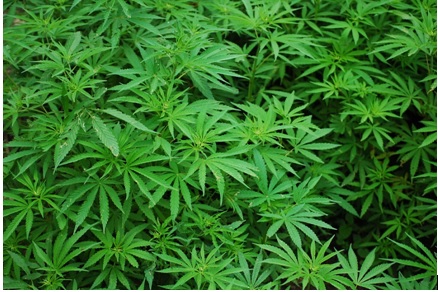
Marijuana has been classified as a Schedule 1 narcotic under the Controlled Substances Act for a number of decades, putting it in the same class as heroin, cocaine, methamphetamines, and a variety of other highly dangerous substances that have been scientifically proven to be more toxic and more addictive than cannabis. There have been numerous attempts to have the plant rescheduled as a Schedule II drug, which would put it in a much less restrictive category and provide more protection to patients and researchers who are currently examining marijuana’s uses as a medicine. The most recent attempt, made by two governors from the Democratic party, was just unsurprisingly rejected by the Drug Enforcement Agency <DEA>, who has held an unwavering stance on the subject despite repeated studies extolling the versatile medical potential of cannabis.
Federal Laws Not Hindering the Industry’s Growth of Supply and Demand
While the DEA has been unwilling to budge on the topic, polls indicate that the rest of the population is slowly coming to their senses on the matter as truthful information is becoming easier to access through quick search engine queries. This unprecedented awareness has prompted many senators, governors, and other politicians to jump on board the legalization bandwagon with the opinion that the DEA is preventing the drug from being adequately researched by holding onto such strict penalties for possessing and manufacturing the plant. Still, the DEA’s stance hasn’t curbed the sale of cannabis in any form, with flowers, concentrates, feminized seeds, tinctures, lotions, edibles, and a variety of other products forming a multi-billion dollar industry that generates more revenue than all the top legal crops combined.
“Not an Effective Medicine,” Except Many Doctors Disagree
It has gotten to the point where half of the states in the U.S. have now legalized cannabis for medical use, recognizing its obvious treatment benefits for an ever increasing list of debilitating conditions. Yet, with millions of satisfied patients, thousands of doctors prescribing the drug on a daily basis, and at least 100 studies proving the drug’s efficacy as an anti-carcinogenic, anti-inflammatory, anti-anxiety, anti-depression, muscle relaxant, and pain management drug, the chief of the DEA, Chuck Rosenberg, is standing by the Food and Drug Administration’s decision to absurdly state that marijuana has “no accept medical use in the U.S.”
50 Years of Scientific Denial
With marijuana being under Schedule 1 for the past 46 years, it will be interesting to see if we’ll make it to the 50-year mark without at least some level of loosening on the federal level. At some point, the media and consumers have to ask themselves whether this agency is being fair and reasonable in its assessment of a plant that was at one point the most popular medicine in the U.S., and may arguably still be, despite its federally illegal status. The drug’s status is especially concerning when data indicates it is safer than most legal alternatives.
How Long Will the Wait Be?
Given the facts involved, many political analysts believe it’s only a matter of time before the laws shift in favour of medical cannabis research. Unfortunately, some speculate that we might just need to wait on the next generation of DEA and FDA leaders, as it is apparent that Rosenburg and his associates have no intention of heeding logic or public please for change.


